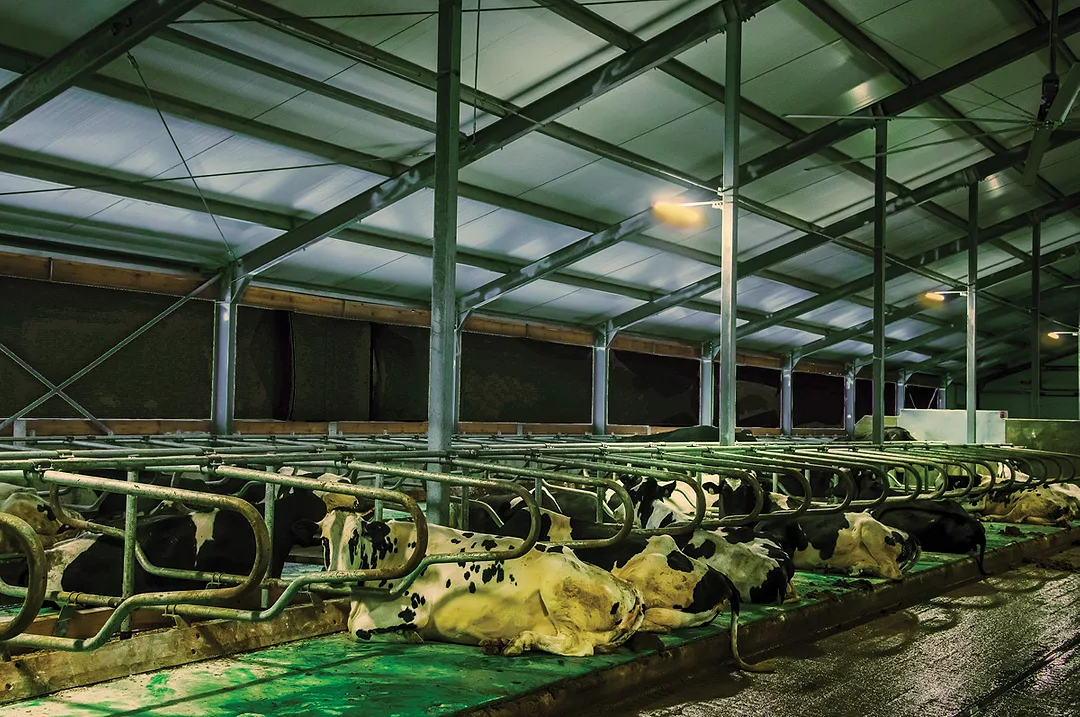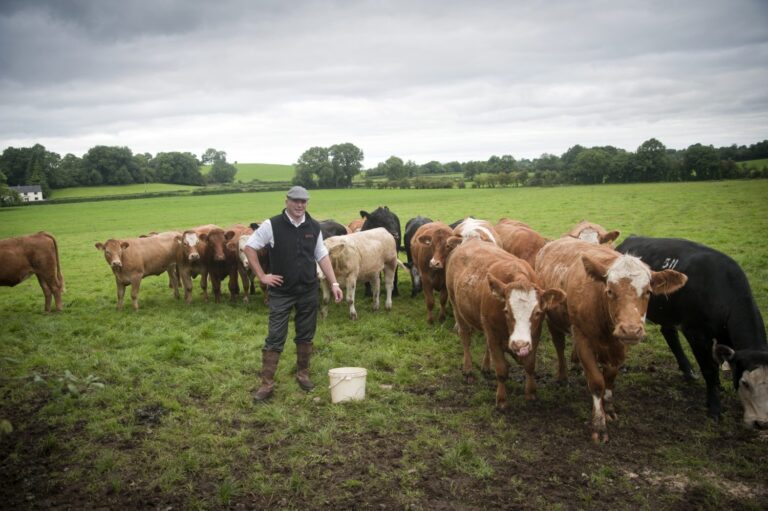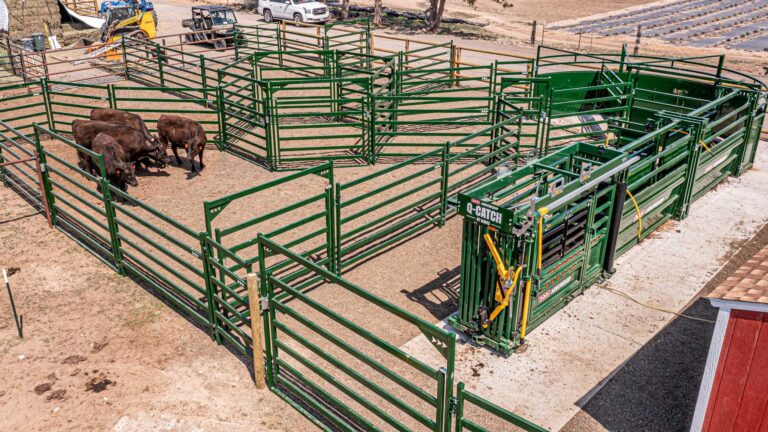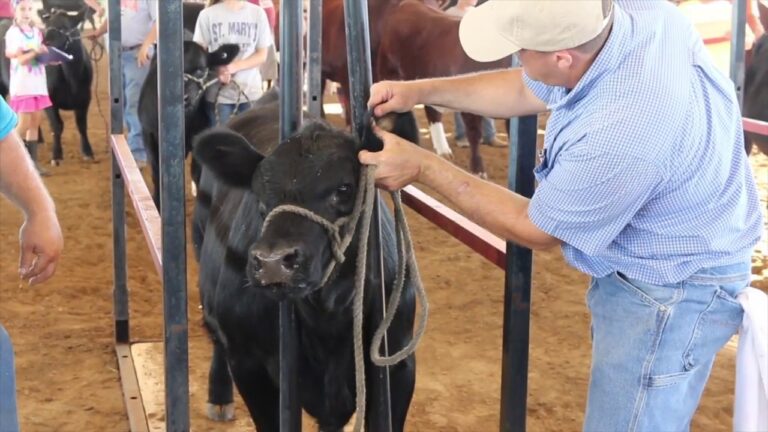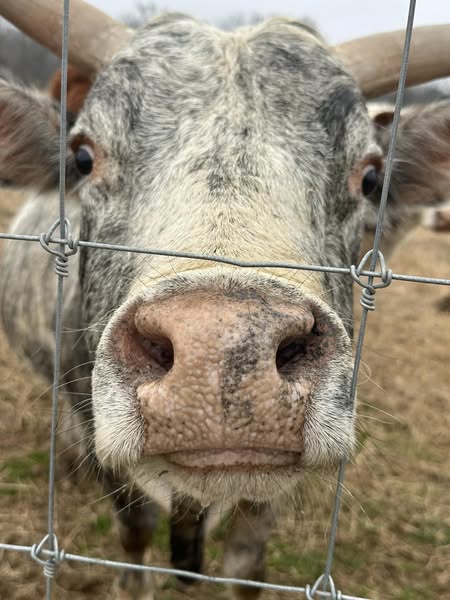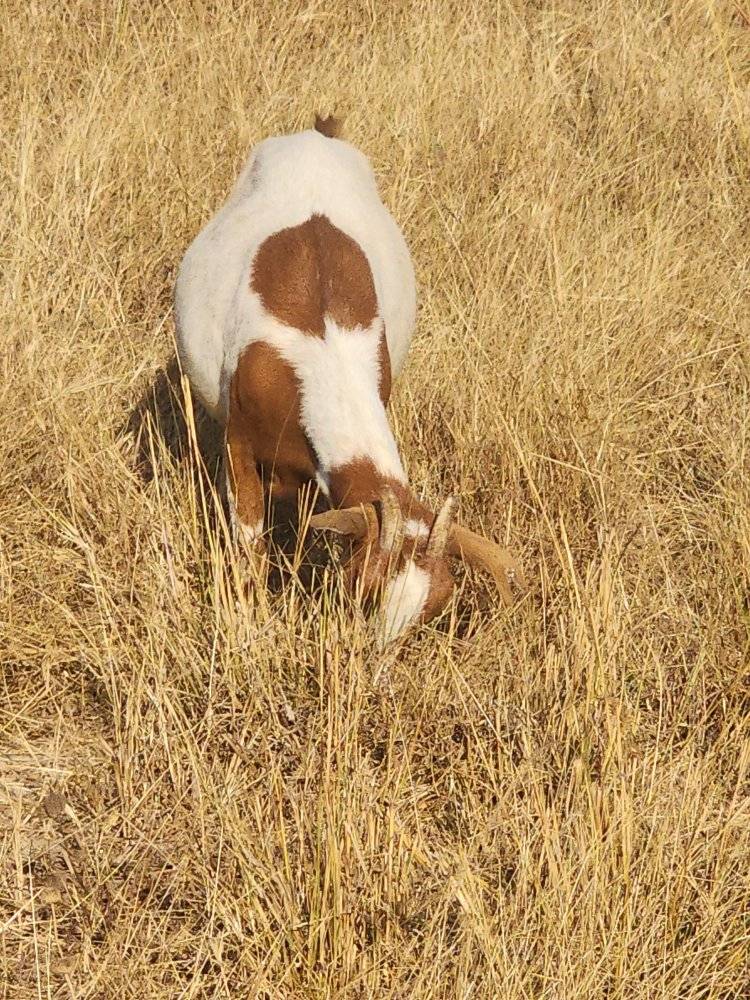Raising cattle successfully hinges on providing the right land and housing conditions to ensure their health, productivity, and welfare.
The landing and housing requirements for cattle encompass the amount, type, and quality of land needed for grazing or feed production, as well as the design and maintenance of shelters to protect them from environmental stressors.
Whether you’re a beginner farmer in the rolling hills of Iowa or an intermediate rancher in the Australian outback, understanding these requirements is crucial for optimizing your herd’s performance and meeting animal welfare standards.
This comprehensive guide explores the key considerations for land selection, pasture management, housing designs, and infrastructure, to help you create a thriving cattle operation.
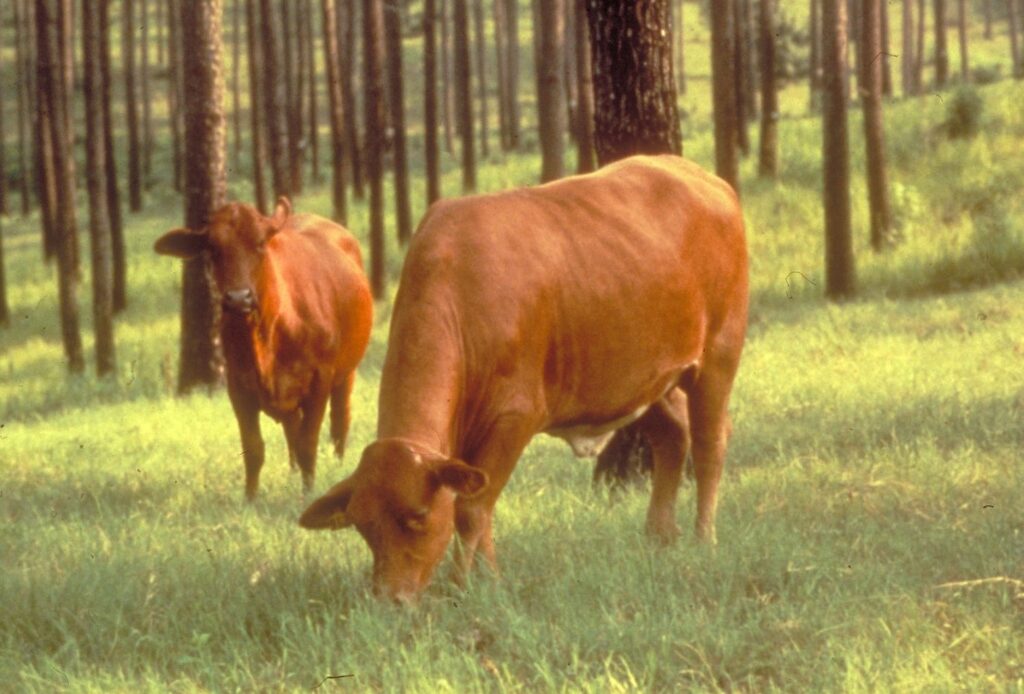
Land Requirements for Cattle
Land Size and Carrying Capacity
The amount of land needed for raising cattle depends on your herd size, production goals (beef or dairy), and the land’s carrying capacity, which is the number of animals a given area can sustainably support.
A general rule of thumb is 1–2 acres per cow-calf pair in temperate regions with good pasture, but this varies widely based on climate, soil fertility, and rainfall. For example, in arid regions like central Australia, you may need 10–20 acres per cow due to sparse vegetation.
My experience on a mixed beef farm in Texas showed that 50 Angus cows thrived on 100 acres of well-managed pasture, but only because we rotated grazing and supplemented with hay during dry spells.
Beginners should consult local agricultural extension services to assess their land’s carrying capacity through soil tests and forage analysis. This ensures you avoid overgrazing, which can degrade pastures and increase feed costs.
Soil and Topography Considerations
Soil quality and topography significantly influence land suitability for cattle. Fertile, well-drained soils with a mix of grasses and legumes support robust pasture growth and reduce reliance on supplemental feed.
From experience, loamy soils on gently sloping land were ideal for grazing Herefords, as they prevented waterlogging and erosion.
Steep or rocky terrain, like parts of the Scottish Highlands, may suit hardy breeds like Highland cattle but can limit grazing efficiency for larger breeds like Charolais.
Conduct soil tests to check pH and nutrient levels, aiming for a pH of 6.0–7.0 for optimal grass growth.
If your land has poor soil or uneven terrain, consider improving it with reseeding or contouring before introducing cattle.
Water Access and Availability
Access to clean, reliable water is non-negotiable for cattle, as they drink 20–40 gallons per head daily, depending on size, lactation, and climate.
On a Montana ranch, we installed gravity-fed troughs fed by a nearby stream, ensuring a constant supply even during summer droughts.
Natural water sources like streams or ponds are ideal but must be fenced to prevent contamination from manure, which can spread diseases like E. coli.
In regions with limited rainfall, such as parts of East Africa, boreholes or rainwater harvesting systems may be necessary.
Ensure water sources are evenly distributed across pastures to prevent overgrazing near water points, and test water quality regularly to meet health standards.
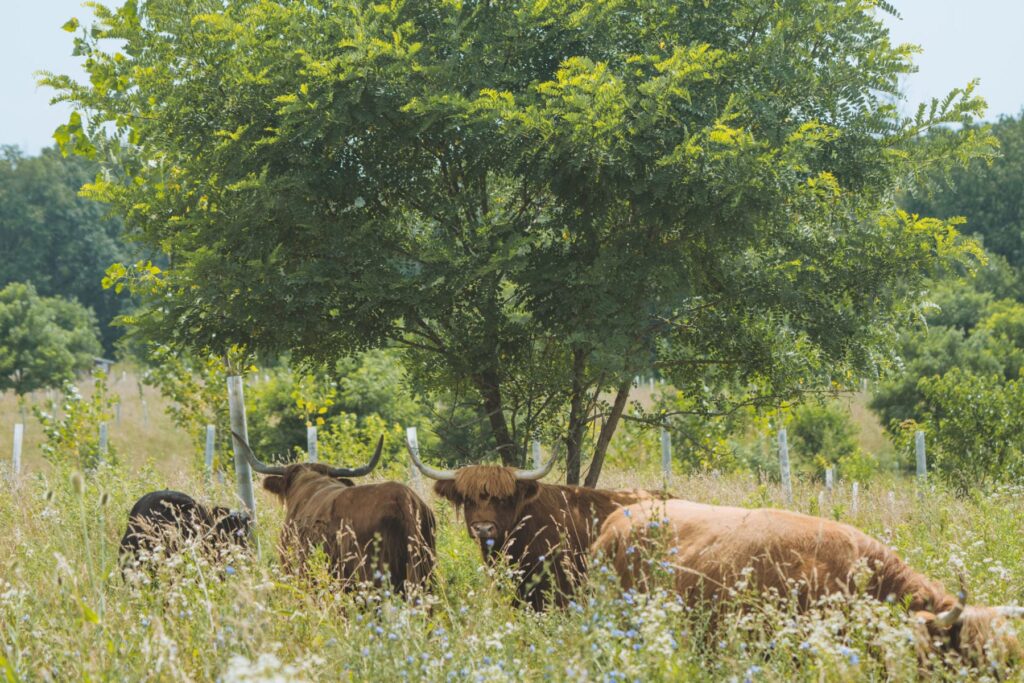
Pasture Management for Sustainable Grazing
Rotational Grazing Systems
Effective pasture management ensures your land remains productive and sustainable.
Rotational grazing, where cattle are moved between paddocks to allow grass regrowth, is widely endorsed for maintaining soil health and maximizing forage yield. For a dairy farm, 200 Holstein cows can be rotated across 10 paddocks to allow each section 21–30 days to recover.
Divide your land into smaller paddocks using electric fencing, and monitor grass height to move cattle when it reaches 4–6 inches. This system prevents overgrazing, improves soil fertility through manure distribution, and supports cattle health by providing fresh forage.
Forage Selection and Maintenance
Choosing the right forage mix is critical for meeting cattle’s nutritional needs. Grasses like ryegrass, fescue, and clover are staples in temperate regions, while tropical grasses like Bermuda or kikuyu suit warmer climates.
On an Australian farm, pastures were seeded with a mix of kikuyu and clover to provide high-protein forage for a Brahman herd.
Regularly reseed worn patches and control weeds to maintain pasture quality, and avoid overstocking, which can compact soil and reduce grass growth.
Soil testing every 2–3 years helps you adjust fertilizer applications to maintain nutrient balance without over-fertilizing, which can harm waterways.
Supplemental Feeding Considerations
Even with well-managed pastures, supplemental feeding may be necessary during droughts or winter months. Some farms in Canada store hay and silage to feed their Angus herd when snow cover pastures.
Suggestively, it is necessary to budget 2–3% of a cow’s body weight in dry matter daily for supplemental feed, so a 1,200-pound cow needs about 24–36 pounds of hay.
Plan for feed storage facilities, such as barns or silos, and ensure they’re accessible to your grazing areas.
If your land can’t produce enough forage, consider growing fodder crops like alfalfa or purchasing feed, but factor these costs into your budget to maintain profitability.
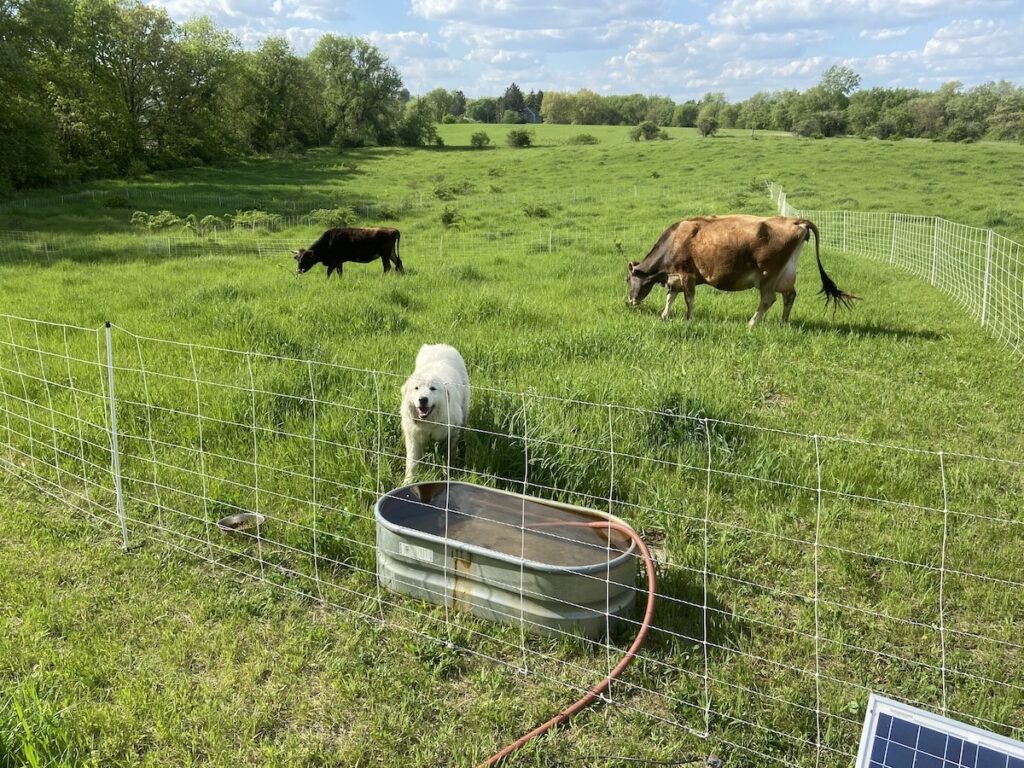
Cattle Housing and Shelter
Shelter Needs by Climate and Breed
Cattle housing protects animals from extreme weather, enhances comfort, and supports productivity, particularly for dairy cows requiring frequent milking.
In cold climates like Canada, fully enclosed barns with insulation are essential for breeds like Holsteins, which are less cold-tolerant. Thus, it is safe to house Holsteins in a ventilated barn with straw bedding to keep them warm during subzero winters.
In contrast, in hot climates like northern Australia, open-sided sheds with shade cloth suffice for heat-tolerant breeds like Brahman.
Ensure shelters provide 40–50 square feet per adult cow for resting and 100–150 square feet for loafing areas to prevent overcrowding and stress.
Flooring and Bedding Options
Proper flooring and bedding in cattle housing reduce injury risks and improve hygiene.
Concrete floors are durable and easy to clean, especially in dairy barns, but require bedding like straw, sand, or sawdust to cushion hooves. Using sand bedding most especially reduces mastitis cases due to its cleanliness compared to straw.
Ensure floors slope slightly (1–2%) for drainage to prevent wet conditions that foster diseases like foot rot. Regularly clean and replace bedding to maintain a dry, comfortable environment, particularly in intensive systems.
Ventilation and Lighting
Good ventilation in cattle housing prevents respiratory issues and heat stress, which can reduce milk yields. Natural ventilation through open sides or ridge vents works well in mild climates, while mechanical fans are needed in humid or hot regions.
On a Texas beef ranch, the owners installed ceiling fans in a loafing shed to keep air moving for their Brangus herd during summer.
Adequate lighting, both natural and artificial, supports cattle health and worker safety; aim for 20–30 foot-candles in barns. Position windows or skylights to maximize daylight, and use timers for artificial lights to mimic natural cycles.
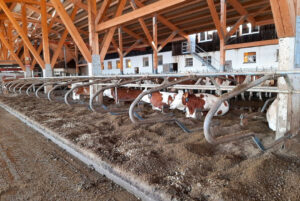
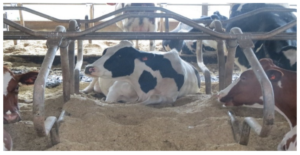
Infrastructure and Facilities for Cattle Management
Fencing and Handling Systems
Strong, safe fencing is essential to keep cattle contained and protected from predators. High-tensile wire or electric fencing is cost-effective for large pastures, while pipe or wood fences suit smaller lots or corrals.
Handling facilities, like corrals and chutes, should be designed for low-stress cattle movement, with curved races and non-slip surfaces. Position handling systems near housing or pastures for easy access during health checks or loading.
Milking and Feeding Infrastructure
Dairy farms require specialized infrastructure, such as milking parlors and cooling systems, to maintain milk quality. On my dairy farm, we used a 40-unit herringbone parlor to milk 300 cows efficiently.
Beef operations need simpler setups, like feed bunks or troughs, but ensure they’re sturdy and accessible.
Plan for waste management, such as manure lagoons or composting areas, to comply with environmental regulations.
Regular maintenance of equipment, like cleaning milking lines or repairing feed troughs, prevents downtime and ensures operational efficiency.
Waste Management and Environmental Compliance
Proper waste management is necessary for environmental sustainability and regulatory compliance. Manure should be collected and stored in designated areas to prevent runoff into waterways, which can lead to fines.
On my farm, we composted manure from our 150-cow herd and spread it as fertilizer to improve soil health without compromising on environmental standards.
Install drainage systems around housing to divert runoff, and consult local agricultural agencies for guidelines on waste storage and disposal to avoid penalties.
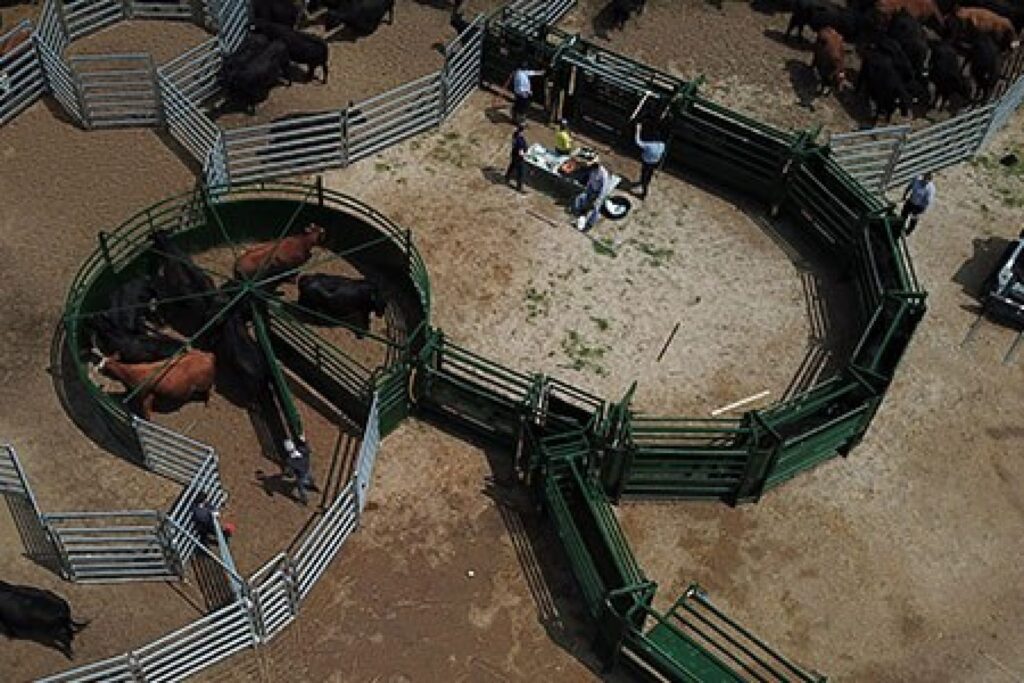
FAQ: Landing and Housing Requirements for Cattle
How much land do I need per cow?
You typically need 1–2 acres per cow-calf pair in temperate regions, but this can increase to 10–20 acres in arid areas. Assess your land’s carrying capacity with soil tests and consult local extension services.
What type of shelter is best for cattle?
Shelter depends on climate: enclosed barns for cold regions, open-sided sheds for hot climates. Provide 40–50 square feet per cow for resting, with good ventilation and bedding.
How important is water access for cattle?
Cattle need 20–40 gallons of clean water daily. Ensure reliable sources like streams or troughs are accessible and test water quality to prevent disease spread.
What fencing works best for cattle?
High-tensile wire or electric fencing is cost-effective for pastures, while pipe fences suit corrals. Design handling systems with curved chutes for low-stress movement.
How do I manage cattle waste sustainably?
Collect manure in designated areas to prevent runoff, and compost it for fertilizer. Follow DEFRA or USDA environmental regulations to ensure compliance and protect waterways.
Related:

